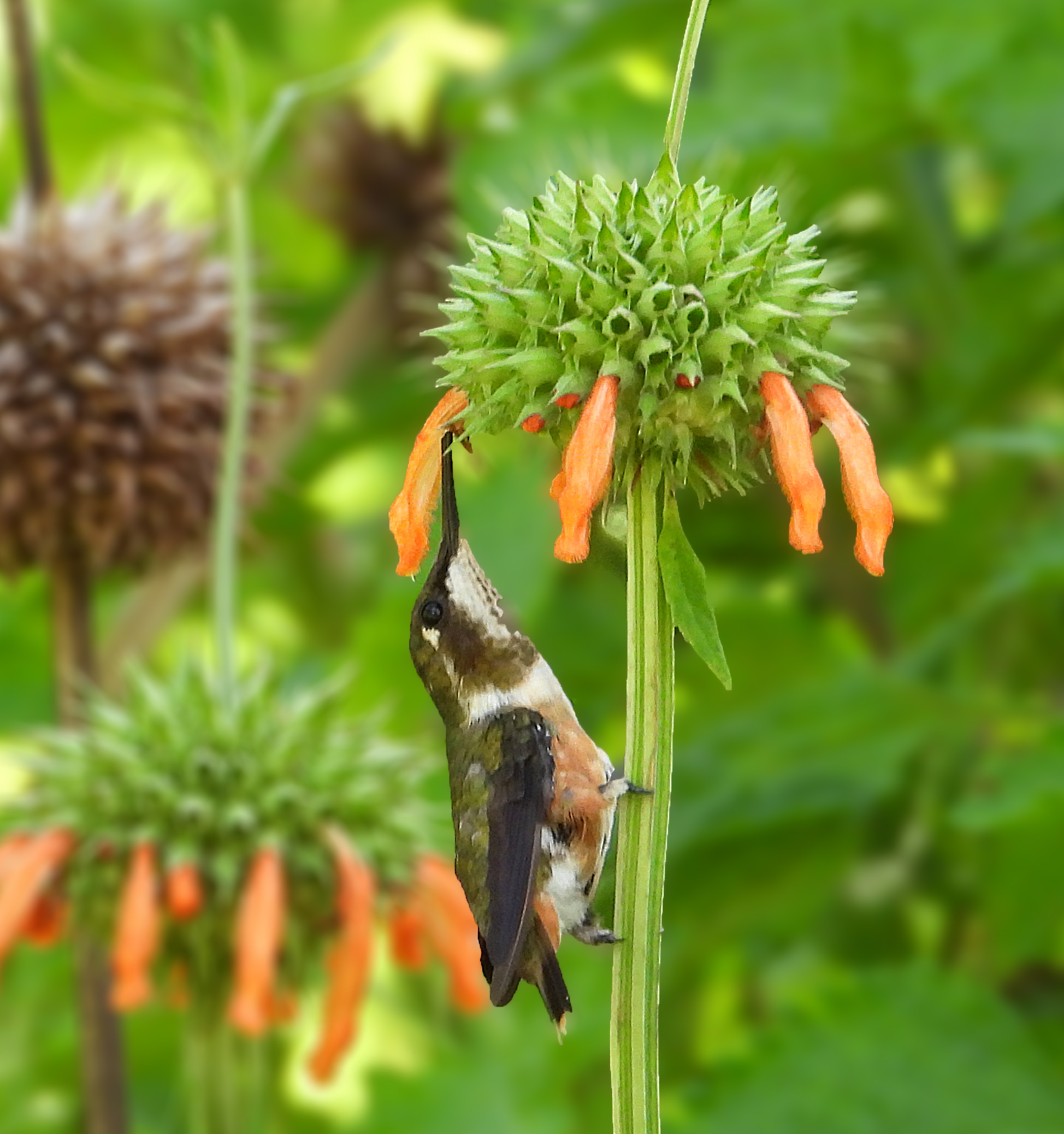BIRD RESEARCH
While I don’t have a specific focus within ornithology, I deeply enjoy and frequently collaborate in this field.
Unraveling the Migration Patterns of South American Birds
One of the first projects I collaborated on focused on studying Tyrannus savana migration, where we analyzed its movement patterns and the use of wintering areas within South America. Using geolocators, we investigated the migratory connectivity of individuals breeding in Brazil and Bolivia. We identified different migration strategies and their time at various sites before reaching their final destinations. This work helped fill gaps in the understanding of the migratory ecology of this species and highlighted the importance of considering its entire annual cycle for conservation.
The movement ecology of migratory birds in South American grasslands is a key focus of my research, as these ecosystems face significant threats due to agricultural expansion and habitat fragmentation. Our studies have shown how migration within South America is influenced by land use changes and other environmental factors, emphasizing the need for conservation strategies that consider breeding and wintering areas.
I continue to collaborate on research that integrates advanced modelling tools and tracking data to understand better ecological connectivity and the impact of environmental changes on the movements of migratory species. So, more findings are on the way!
Check for more at Publications! or get in touch!
Breeding Beyond Borders: Insights into the Reproductive Ecology of the Fork-tailed Flycatcher
One of the projects I collaborated on focused on reproducing Tyrannus savana or Fork-tailed Flycatcher, analyzing the factors influencing its reproductive success and variation in clutch size across different regions of South America. We evaluated how latitudinal differences affect the species’ reproductive investment, finding that populations in temperate latitudes tend to lay larger clutches than those in tropical regions, which seems more related to food availability than nest predation.
We also explored the relationship between arrival timing at breeding sites and reproductive success in an intra-tropical migratory population of Tyrannus savana. We found that timing plays a crucial role in the delicate balance of reproductive success: males that arrived earlier at breeding sites had more significant opportunities for success, as did nests initiated earlier in the season. This highlights the importance of migration timing in the reproductive cycle of this species.
Additionally, I participated in a study on the relationship between molt and reproduction in Tyrannus species. We analyzed whether birds can simultaneously reproduce and molt their feathers and found that flight feather molt during breeding is extremely rare, likely due to its high energetic cost. However, some populations exhibited partial body feather molt during the breeding season, suggesting a trade-off between these two biological processes.
Currently, I continue collaborating on studies on reproductive ecology, and we will soon publish new findings on how certain environmental factors may influence reproductive behavior. So, more updates are coming soon!
Check for more at Publications! or contact me!
Hummingbirds!
In 2025, we will embark on an exciting project focused on the spatial ecology of hummingbirds, so stay tuned for updates soon.
Questions, requests, or what you want to share regarding the topic…
Please send me an email or be in contact



